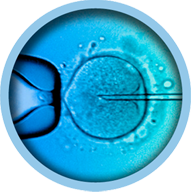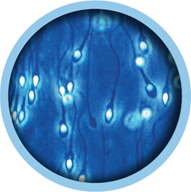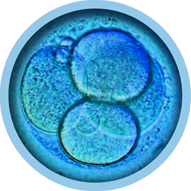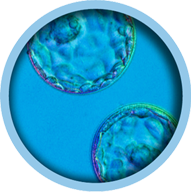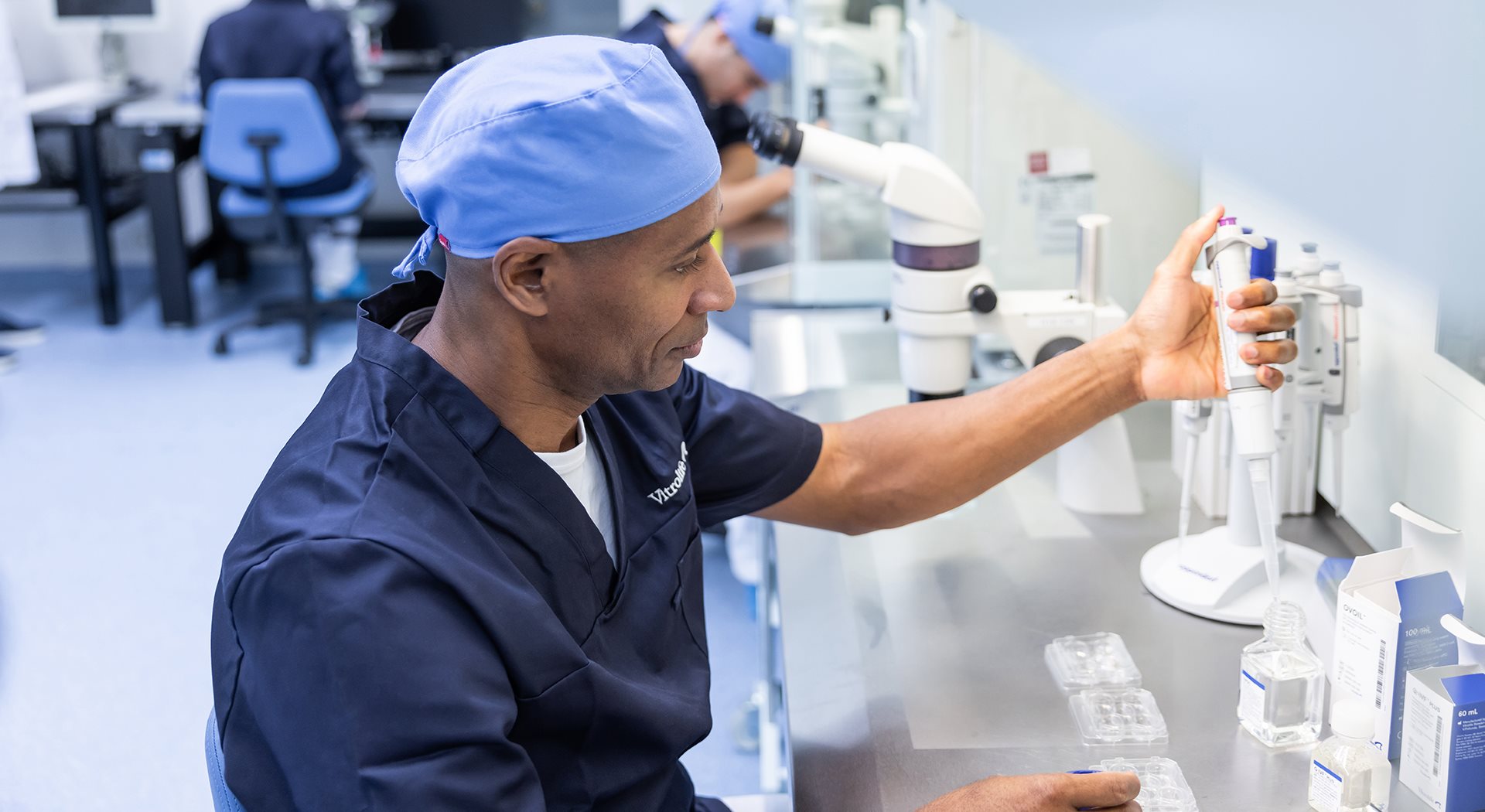
Enhance support and protection of gametes and embryos
From conventional IVF to ICSI
Providing a safe environment for successful fertilisation. Successful fertilisation in vitro depends on balanced nutrients in a stable temperature and pH environment.
In 1992 science brought hope to thousands of childless couples when the first pregnancies generated by ICSI were reported. This meant that male infertility factor was less of an obstacle to starting a family.
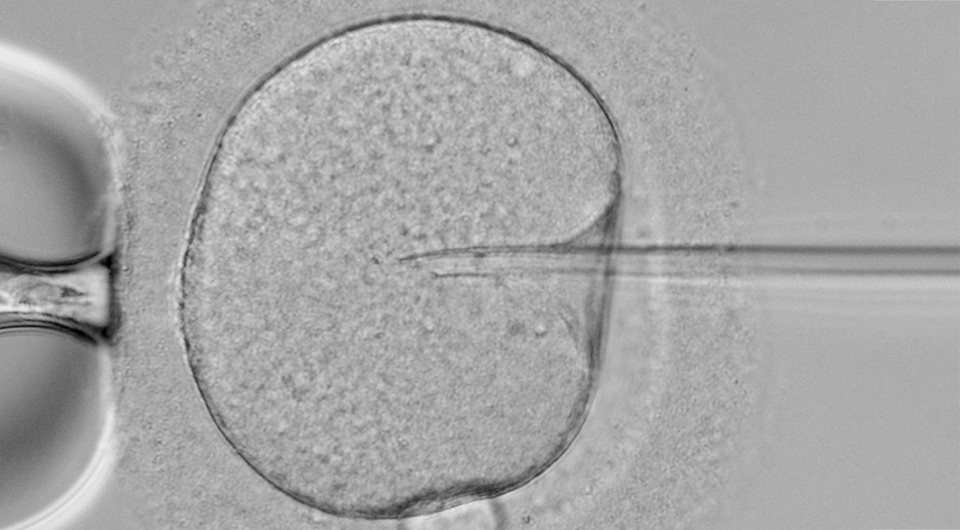
ICSI is today a standard procedure
At its introduction in the early 1990s, fertilisation rates after ICSI were around 30%1. Thanks to further modifications of the procedure, fertilisation rates of over 80% are now possible and ICSI is now used as the method for fertilisation in around 65% of all treatment cycles globally. With the progress in the field of reproductive medicine, products used for ICSI have also improved and support embryologists to create a working environment allowing attainment of excellent results.
A complete ICSI assortment
There are many challenges in the ICSI procedure. Besides a skilled embryologist the result is also dependent on the biological material and the tools used. We are proud to have been supplying the IVF community with pipettes and media for micromanipulation since the start. Our products are the result of over 30 years development and experience. They are tested, tried and trusted by clinics worldwide.
Vitrolife reduces risks and helps secure results at every step of an ICSI procedure. Our ICSI products work safely and consistently in your reality.
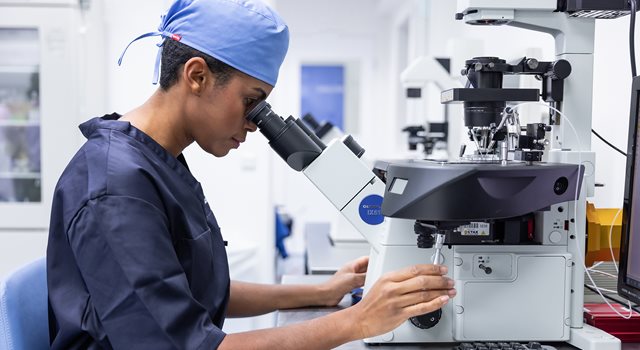
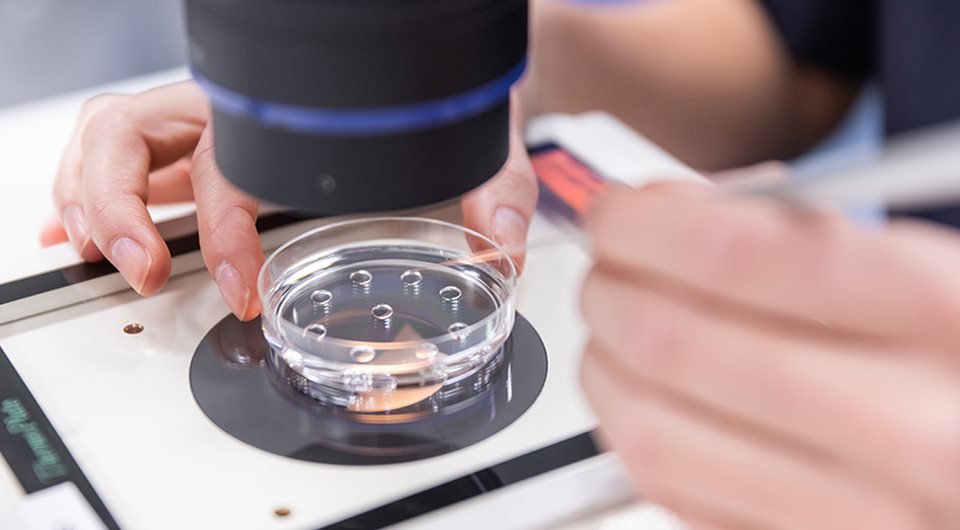
Factors affecting the ICSI procedure
Creating a stress-free environment for gametes and embryos is one of the key tasks of the embryologist. This task involves numerous aspects and the disposables and media used play an important role. During handling related to ICSI, it is crucial to maintain temperature, pH and osmolality within acceptable ranges2. In order to not squeeze oocytes and possibly alter the position of the polar body against the oocyte spindle, it is important to use pipettes that are not too narrow3.
The road to successful ICSI
'ICSI has frequently been described as 'an accident' in the lab. For me, being part of the development of the ICSI technique, I would rather describe ICSI as an inevitable consequence of the procedure used to perform subzonal insemination,' says Hubert Joris. Read his blog post here where he covers aspects that support successful ICSI in the IVF laboratory.
Read blog post
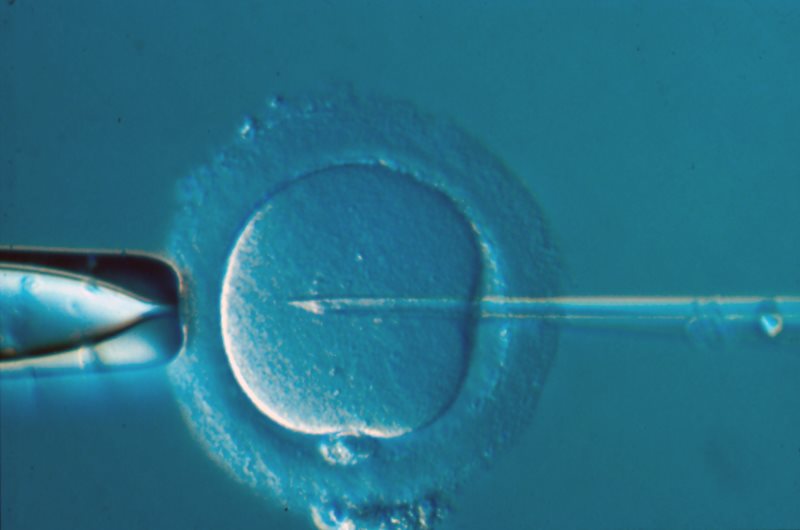
Maximise success every step of the way
We provide what you need to secure improved results throughout the IVF journey.
